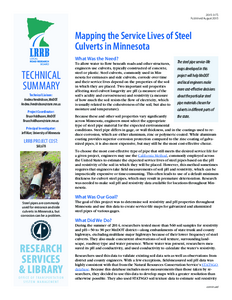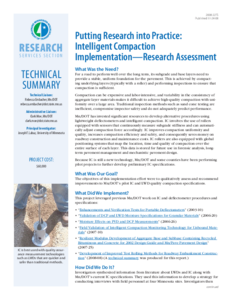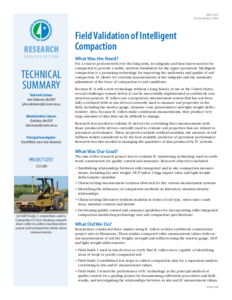Interpreting Traces From a Lossy TDR System and Optimizing System Performance
Date Created
1998-02
Report Number
1998-03U
Description
Phase 4 MnDOT Slope Vulnerability Assessments
Creator
Date Created
2021
Report Number
2021-04
Description
Phase 3 MnDOT Slope Vulnerability Assessments
Creator
Date Created
2020
Report Number
2020-21
Description










